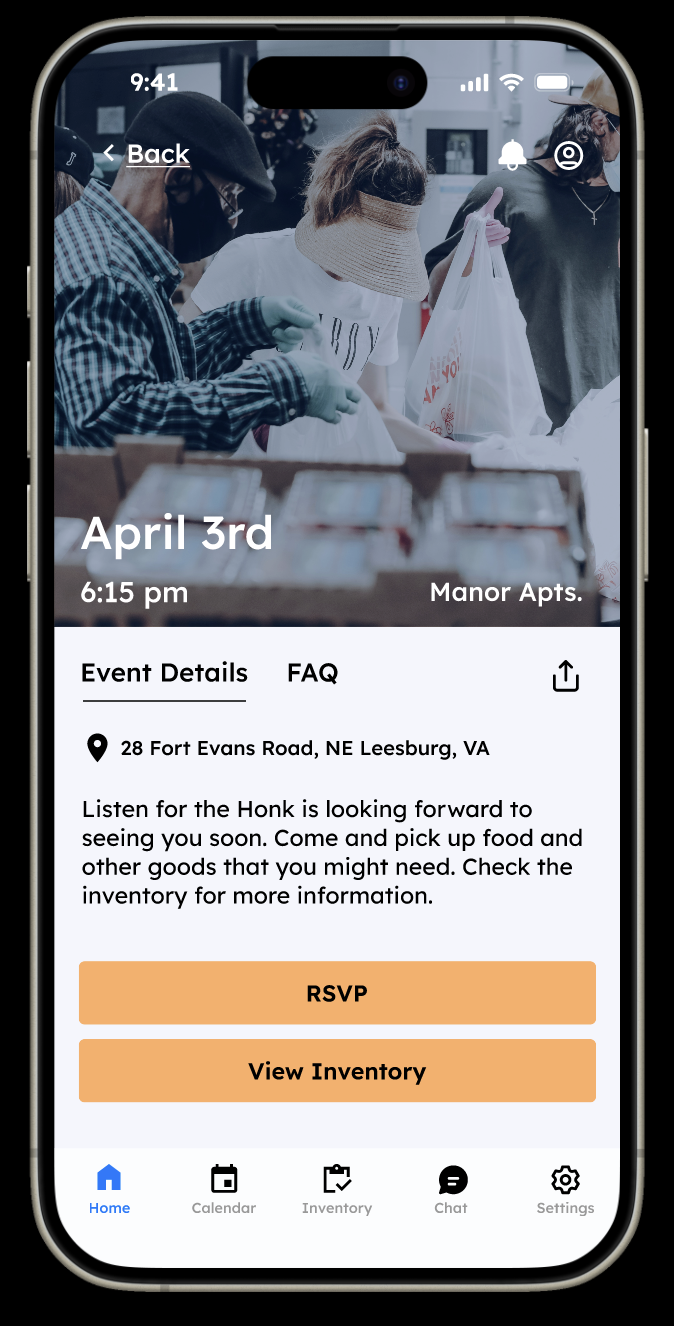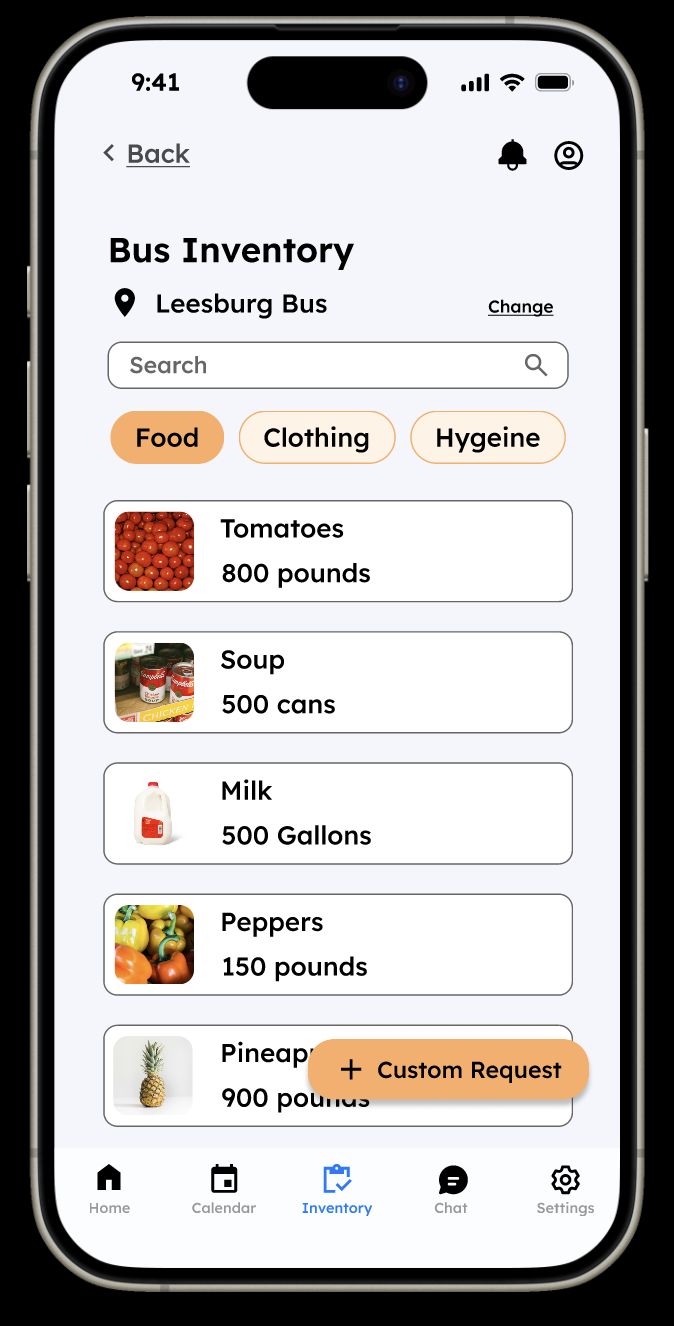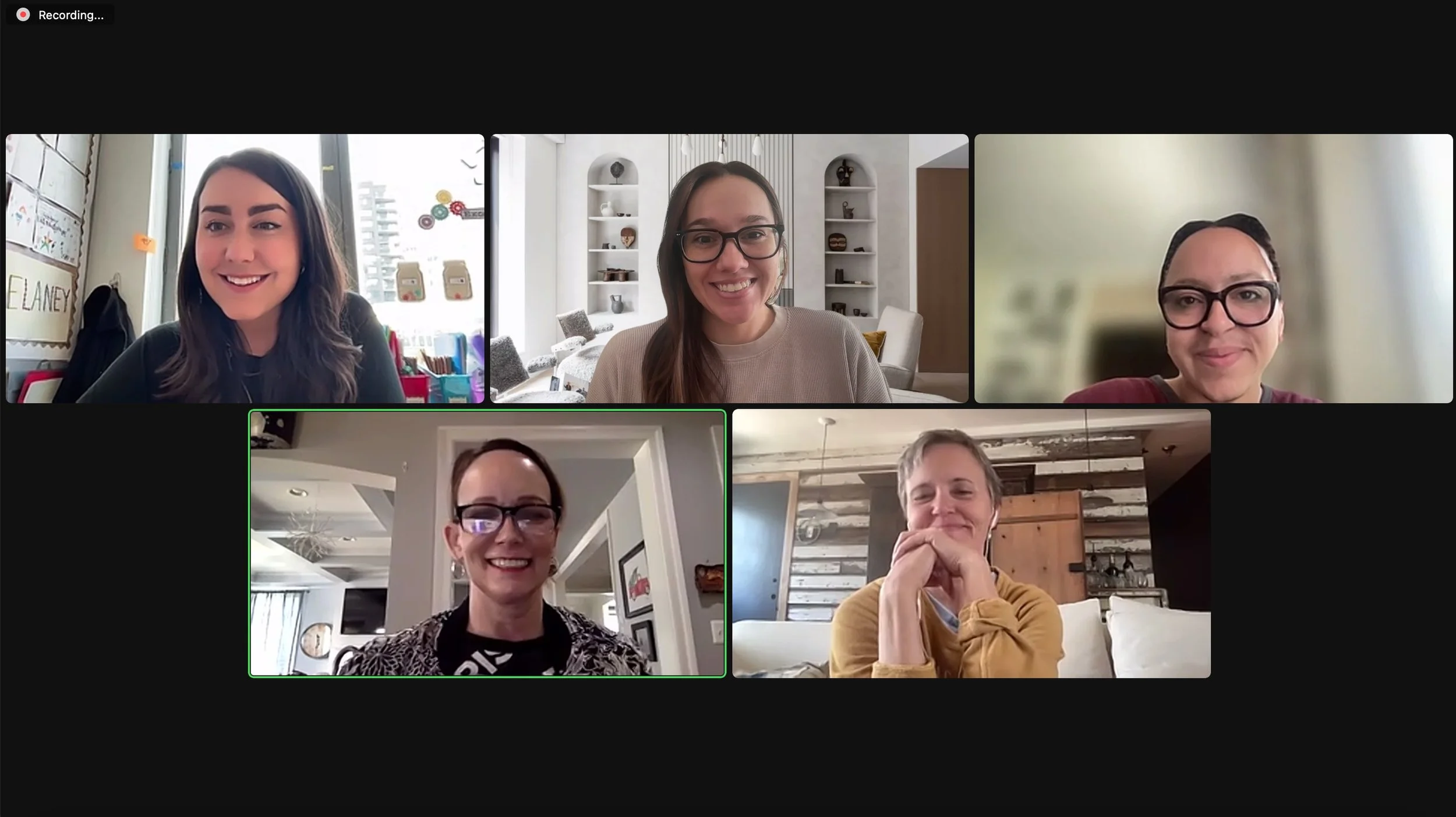Mobile Hope
Creating a mobile app for a non-profit.
Project Overview
-
Role
Product Designer
-
Problem
Mobile Hope's reliance on outdated technology, like Textedly, hampers effective community communication. This hinders the sharing of crucial information, such as bus schedules updates, and leads to an overwhelming influx of multilingual emails. As a result, Mobile Hope struggles to expand its services and support more families.
-
Goal
Develop a single mobile app to streamline infrastructure, enhancing communication, data collection and operational efficiency.
-
Timeline
4-weeks
-
Skills
Designing a new mobile app from scratch for a non-profit, Stakeholder collaboration
-
Team
Brittany Jain, Liz Delaney, Gabi Gaujean
User Research
In order to better understand the needs of Mobile Hope our team conducted an intake meeting. From that meeting we determined that improving the Listen for the Honk program was the organizations most critical need. We then began stakeholder interviews and evaluated secondary research to further understand the community that Mobile Hope serves.
Goal: To understand how families are interacting with Listen for the Honk and how to make the distribution of supplies more efficient.
About Listen for the Honk
The Listen for the Honk program is a fleet of buses that serve approximately 10,000 families. LFTH bring supplies like food, diapers, hygiene items, books, and toys, to neighborhoods in Virginia on a regular basis.
In order to operate, Listen for the Honk relies on donations from retailers, grant funding and community volunteers.
Stakeholder Interview
We met with these stakeholder over a series of weekly meetings:
Donna Fortier, CEO & Founder
Allyson Ruscitella, Director of Development
KC LeBlanc, Director of Client Support Services
Amy Burns, Creative Director
Research Findings
After consolidating our research notes into an affinity diagram we summarized our findings. A few pain points the stakeholders mentioned stood out: 1.) Listen for the Honk does not have a centralized way to collect data on the families they are serving which is critical to securing funding and 2.) Listen for the Honk struggles due to a lack of an efficient communication system between the non-profit and the families they serve.
Persona
After prioritizing the pain points Mobile Hope faced we defined the main challenges users faced by creating a persona: Sonja. Sonja is a loving grandmother who needs a way to help provide for her family because resources are very tight. She needs a way to understand the inventory that Listen for the Honk has and would like to receive updates on the bus schedule in real time.
Journey Map
When determining how me might improve the Listen for the Honk program, we realized how important it was to not only think about the user journey for families coming to Listen for the Honk, but also the experience of Mobile Hope volunteers & employees.
Problem Statement
How might we enable Mobile Hope to communicate with families and collect data for donor reporting?
Strategy
Sketches
Understanding user needs: We began the sketching process by prioritizing Sonja's user journey. Through user research, we identified the most frequent action a user would take would be to RSVP to upcoming events. So this insight informed the home screen design direction we landed on.
Low-fidelity prototype
To explore the interaction design and user flow, we created low-fidelity wireframes. This prototype showcases Sonja's experience: opening the app, RSVPing to an event which allows Mobile Hope to accurately collect attendee data and browsing the bus inventory to inform her decision to attend.
Prototype & Test
Usability Test Results
With our low-fidelity prototype, conducted six usability tests. We found that overall users were able to seamlessly navigate the app however that a couple of changes could be made in the requesting speciality items user flow to improve the experience.
Stakeholder Feedback
We also shared our low-fidelity prototype with our Mobile Hope stakeholders to get initial feedback. The stakeholders were thrilled with our progress, noting that this app will really improve the lives of Listen for the Honk families and volunteers/employees. Our stakeholders asked that we flesh out a couple of additional user flows, such as including a main calendar and the translate language functionality, in addition to adding a disclaimer for users when requesting speciality items.
Final Design
Retrospect
Impact
“We had the true pleasure of working with Brittany, Liz and Gabi on the development of an app for our "Listen for the Honk” homeless outreach program. Their professionalism, creativity, commitment and technical expertise is unsurpassed, which has resulted in an innovative tool that, when finalized, will fortify our service delivery and make transformative impact on the most vulnerable in our community.” - Donna Fortier, CEO & Founder & Allyson Ruscitella, Director of Development
Lessons Learned
Working with real stakeholders is very fulfilling because the designs we created could actually be implemented and improve people’s lives. It was really interesting to think through how implementing an app would also have organizational impacts.
Next Steps
We would like to build out a dedicated place where users can see and edit their RSVP response for upcoming events in case things change. We would also like to test out if having a translation button available on the app home screen would be beneficial.












